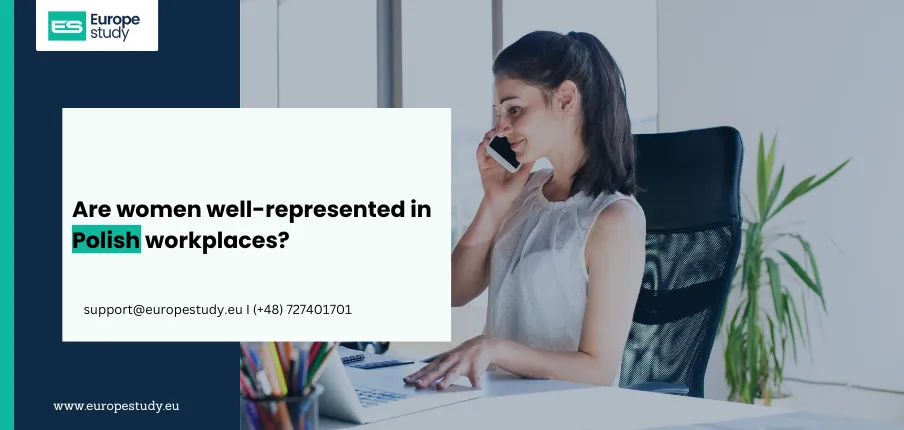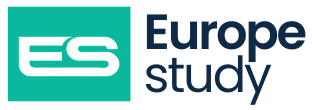
Are women well-represented in Polish workplaces?
Poland, like many countries in Central and Eastern Europe, has experienced significant social and economic transformations over the past several decades. These changes have affected gender roles and labor market dynamics, bringing the question of women's representation in the workforce to the forefront. While progress has been made in some areas, challenges persist. This blog post delves into the status of women in Polish workplaces, examining participation rates, leadership roles, wage disparities, legal protections, and cultural factors.
Labor Force Participation
Women in Poland have a relatively high labor force participation rate compared to many other European countries. According to data from Eurostat and Poland’s Central Statistical Office (GUS), approximately 64-66% of women aged 15–64 are active in the labor market, compared to around 80% of men. This gap, though narrowing slowly, reflects underlying societal expectations and structural issues such as access to childcare, maternity leave policies, and part-time work opportunities.
Importantly, female participation is higher in urban areas than in rural ones, where traditional gender roles and limited job opportunities can constrain women's involvement in formal employment.
Education vs. Employment Outcomes
Polish women are, on average, better educated than men. Women account for over 60% of university graduates, particularly dominating fields such as education, health, and the humanities. However, this educational advantage does not always translate into equal job opportunities or earnings.
A significant portion of highly educated women in Poland are employed in the public sector, where wage structures are more regulated but upward mobility may be limited. In the private sector, women still face a glass ceiling, especially in male-dominated industries like IT, finance, and manufacturing.
Women in Leadership and Management
Despite gains in education, women's representation in leadership remains limited. According to various reports, including those by the Polish Institute for Public Affairs and international bodies like the OECD, women hold only about 20–25% of board positions in the largest companies in Poland. In executive and CEO roles, the numbers are even lower.
This underrepresentation is partly due to systemic barriers such as unconscious bias, limited mentorship opportunities, and traditional family expectations. While some companies have adopted gender diversity policies, there is no legal requirement for gender quotas on corporate boards in Poland, unlike in some Western European countries.
Gender Pay Gap
The gender pay gap in Poland hovers around 8-10%, which is lower than the EU average of roughly 13%. However, this relatively small gap can be misleading. It is influenced by the concentration of women in lower-paying sectors and positions rather than actual pay equality within the same roles. When controlling for factors like job type, education, and experience, disparities become more evident.
Moreover, Polish women are more likely than men to take career breaks for childcare, which affects long-term earnings and promotion prospects. Return-to-work programs and flexible working arrangements are still not widespread enough to mitigate this impact.
Legal Protections and Workplace Policies
Poland has legal frameworks in place to support gender equality, including anti-discrimination laws and labor code provisions protecting pregnant women and new mothers. Parental leave policies are relatively generous by international standards. Mothers are entitled to 20 weeks of fully paid maternity leave, with additional parental leave available to either parent.
Nevertheless, workplace discrimination remains an issue. Surveys conducted by NGOs and labor unions reveal that women frequently encounter unequal treatment, especially during hiring or promotion processes. Enforcement of labor rights and anti-discrimination measures can be inconsistent, depending on the sector and region.
Cultural and Social Influences
Cultural expectations continue to play a significant role in shaping women's career paths in Poland. Traditional gender roles, emphasizing a woman's responsibility for home and family, still influence both personal choices and employer attitudes. Although societal views are evolving, especially among younger generations, these norms can discourage women from pursuing ambitious career paths or seeking roles in traditionally male-dominated fields.
Additionally, Poland has seen political and religious pressures in recent years that reinforce conservative views of family and gender. These cultural shifts can affect national discourse and policy development regarding gender equality in the workplace.
Emerging Trends and Outlook
Despite these challenges, there are promising signs of change. Polish women are increasingly visible in entrepreneurship, academia, and civil society leadership. Grassroots movements and advocacy campaigns are raising awareness about workplace discrimination and gender pay gaps. International cooperation and EU regulations also provide frameworks for improving workplace equality.
In the tech and startup scenes, more initiatives are supporting women in STEM and business leadership roles. Educational programs, networking opportunities, and mentorship platforms are helping close the gender gap in these high-growth sectors.
Conclusion
While women in Poland have made substantial strides in education and workforce participation, full representation and equality in the workplace remain aspirational goals. Systemic reforms, cultural shifts, and corporate responsibility are all essential to bridging the remaining gaps.
The path toward equality in Polish workplaces will require continued vigilance, progressive policies, and a commitment to challenging outdated norms. Only through these efforts can Poland unlock the full potential of its female workforce and move toward a more inclusive and dynamic economy.





